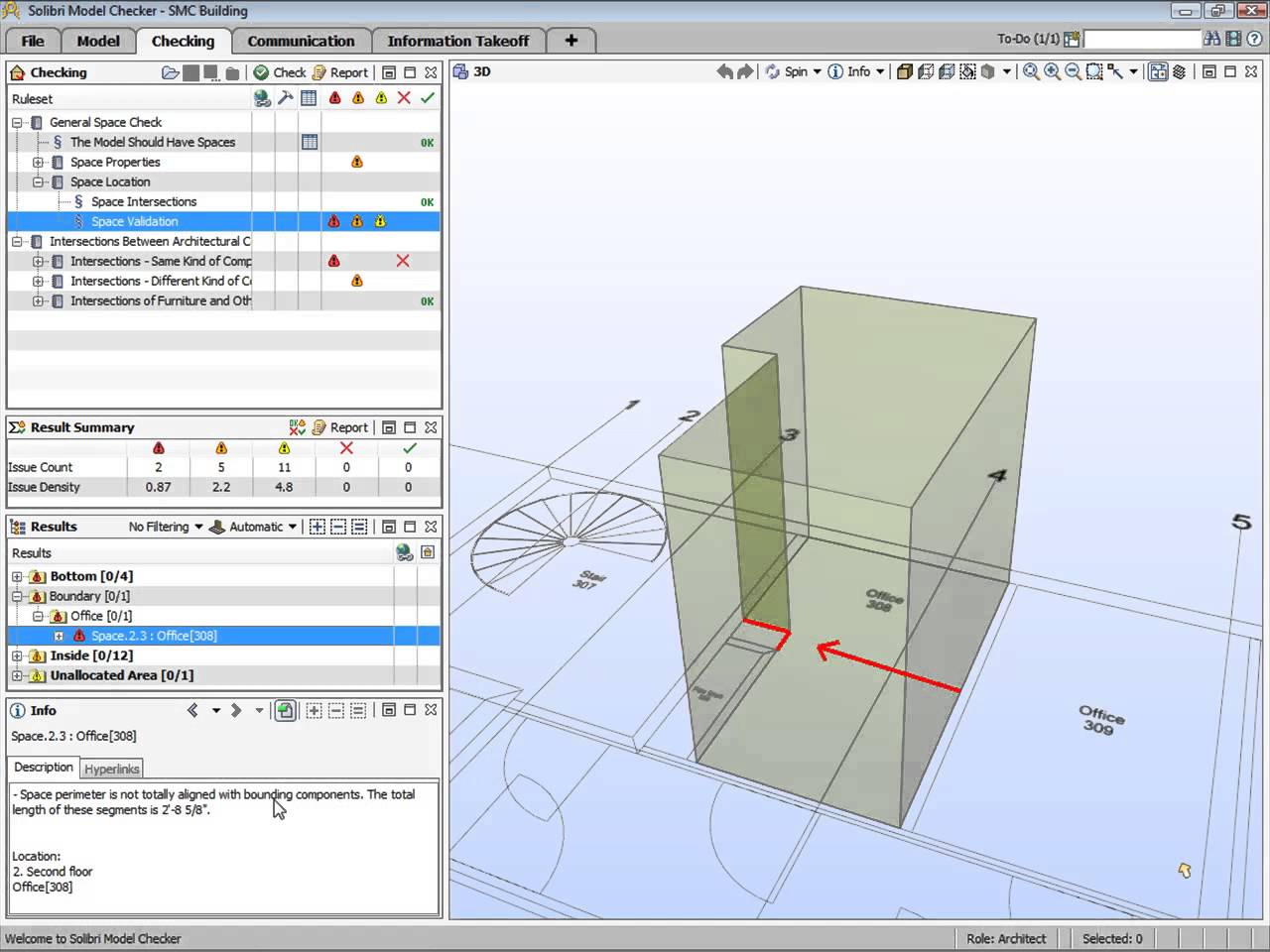
Quantity Takeoff Information Exchange
Quantity Takeoff Information Exchange helps to estimate cost and help o reduce man made mistakes with proper drawing sheets and checking off in the workflow.
About QTie or Quantity Takeoff Informative Exchange
QTie was introduced by the Association for the Advancement of Cost Engineers and in the year 2007 a signed contract was held between buildingSMART alliance, AACE and American Society of Professional Estimators and the Royal Institute of Chartered Surveyors. It is an expected result of a project that has aimed to reduce waste in three kinds of problems will be faced daily by cost calculators and other members of the project team. In previous time, the QTie team only worked with blue pencils and normal papers but now the technology has upgrade so much that the biggest technological innovation has taken place where they are using yellow highlighter to draw. That means, now the drawings are electronically scattered and can be printed also; every estimate starts with plotting the needed drawing sheets and checking off with yellow highlighter. When the estimates get completed then the drawings are recycled and in the course of a given project, it has been calculated that there are more than 300 separate cost estimates made of the building which is a matter of time.
Range of QTie
There are mainly three different kinds of QTO invested in a project and these takeoffs are gradually more complex though all of these start from the simple act of measuring and continue to take-offs which need the knowledge of definitions and methods of construction.
- Quantity Takeoff Informative Exchange for Counting
Many estimates need to count some specific singular building components like doors, pumps and light fixtures. Different kinds of each of these components have differences in the components types which should be described. Now-a-days the forms of building components are often shown in design ??schedules?? where some building materials need the counting of the areas where they are used. Any kind of covering items such as carpet, paint, wallboard finishing and suspended ceilings are from the second category.
- Quantity Takeoff Informative Exchange for Quality
These components are needed when the components and covering building components have counted for pricing and this pricing is depended on the quality of those components. Quality information is one of the most noticeable and important thing in any construction project and QTie can determine the quality of the product properties which can be used in the project
- Quantity Takeoff Informative Exchange for Methods
When the measurement of quality of materials, products and outfits are being installed in a building, it is important to know the method of working of the contractors. Construction method usually doesn?t matter as it depends totally upon the contractor how he or she can perform the work but clients can take care about installation of doors, windows and how much time the contractor will take to finish the work.
After the end of the project, clients will be able to use QTie in contract clauses with one or two sentences where they can indicate the delivery of the estimating deliverables. QTie is like an example of a project whose aim is to make non-proprietor performance dependent specifications for the delivery of facility information. Though using BIM technology complaint with QTie will be ale o complete their work faster with higher quality but it will not be able to supply those continuing to artificially count. QTie like all other buildingSMART projects is proficient within the context of the IDM process which secures about the participation of all appropriate stakeholders in the needs and results of QTie. This project also works with the attempts of their partners at the buildingsSMART international.

Source www.nibs.org

